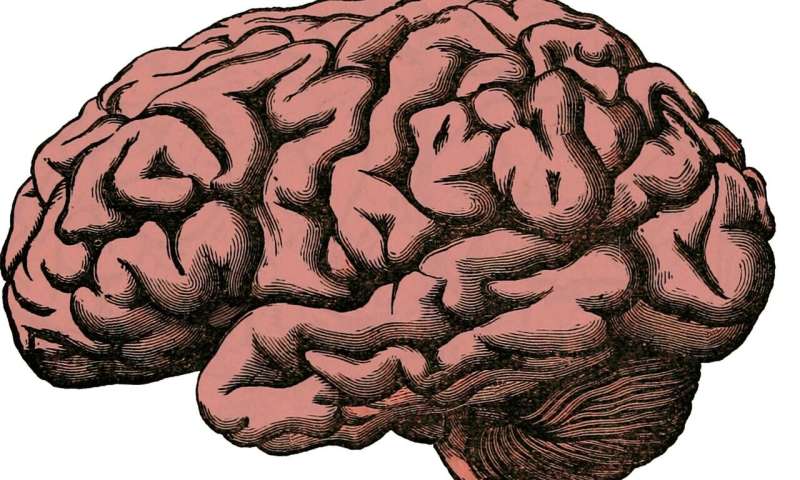Dementia gene linked to connections in brain

Insights into how a gene that increases the risk of Alzheimer's disease disrupts brain cells have been revealed by scientists.
Brain tissue from people with Alzheimer's showed that a protein called clusterin builds up in vital parts of neurons that connect cells and may damage these links.
Scientists say the findings shed light on the causes of the disease and will help to accelerate the search for a treatment.
Brain health
The study, led by Professor Tara Spires-Jones at the University of Edinburgh, focused on synapses—connections between brain cells that allow the flow of chemical and electrical signals. These signals are vital for forming memories and are key to brain health, experts say.
Researchers showed that synapses in people who had died with Alzheimer's contained clumps of clusterin, which could contribute to dementia symptoms. These synapses also contained clumps of amyloid beta, the damaging protein that is found in the brains of people with Alzheimer's.
Risk gene
People with a common risk gene, called apolipoprotein E4, had more clusterin and amyloid beta clumps in their synapses than people with Alzheimer's without the risk gene.
Those without dementia symptoms had even less of the damaging proteins in their synapses.
Detailed images
The discovery was made using powerful technology that allowed the scientists to view detailed images of more than one million synapses. Individual synapses are around 5000 times smaller than the thickness of a sheet of paper.
Synapse loss in Alzheimer's disease was previously established, but the clumping of damaging proteins together in synapses was unknown until now because of difficulties in studying them due to their tiny size.
Alzheimer's disease is the most common form of dementia, affecting around 500,000 people in the UK. It can cause severe memory loss and there is no cure.
"We have identified another player in the host of proteins that damage synapses in Alzheimer's disease. Synapses are essential for thinking and memory, and preventing damage to them is a promising target to help prevent or reverse dementia symptoms. This work gives us a new target to work towards in our goal to develop effective treatments," says Professor Tara Spires-Jones, programme lead at the UK Dementia Research Institute at the University of Edinburgh.
More information: Rosemary J Jackson et al, Clusterin accumulates in synapses in Alzheimer's disease and is increased in apolipoprotein E4 carriers, Brain Communications (2019). dx.doi.org/10.1093/braincomms/fcz003




















